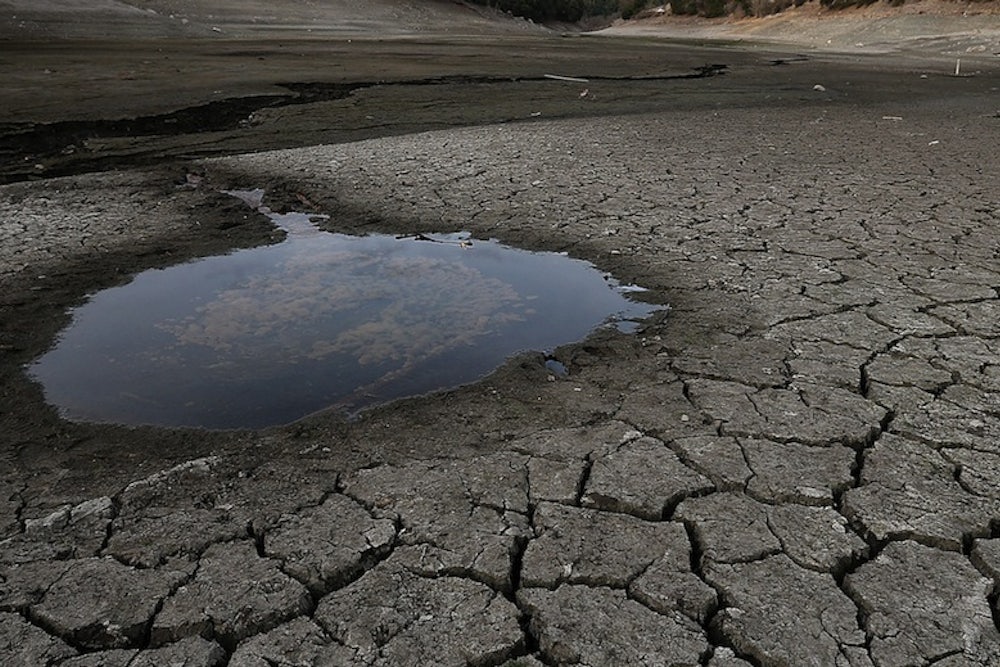Water scarcity is a real challenge in California right now, but many still view the resource as cheap and plentiful despite the state's drought. In a pair of reports, The Hamilton Project at Brookings Institution suggests that states and local governments can change that perception by raising the price of water.
Cheap water, in fact, is making it harder for officials to discourage overconsumption in California's drought. Even though the state has already turned excessive water use into a crime, California's own water officials are guilty of taking too much. You might expect water-scarce parts of the country to pay higher rates. But that's not usually the case. As you can see in this chart, water-use rates have little connection to geographic region, and even less connection to drought. Los Angeles and San Diego are western cities with more expensive rates, while Denver, El Paso, Phoenix, and Las Vegas are relatively inexpensive, according to Brookings:
One of the reasons it is more expensive in places like Seattle is because some older cities had to upgrade infrastructure as part of the Clean Water Act, and that cost was then passed on to the consumer.
There are many ways to raise rates while avoiding pain for low-income Americans. According to Eduardo Porter at the New York Times, some water districts have tried rising fee schemes, "starting low for a basic allotment covering families' essential needs and rising quickly with volume to make people think twice about refilling the swimming pool." Even so, public consumption isn't the worst water offender. In California, it's the agriculture industry. Porter explains:
Farmers pay if the government brings the water to the farm, say via an aqueduct from the Colorado River. But the fees are minimal. Farmers in California’s Imperial Irrigation District pay $20 per acre-foot, less than a tenth of what it can cost in San Diego. And the government has often subsidized farmers via things like interest-free loans to cover upfront investments. (An acre-foot is the amount it takes to cover one acre of land a foot deep in water.) This kind of arrangement helps explain why about half the 60 million acres of irrigated land in the United States use flood irrigation, just flooding the fields with water, which is about as wasteful a method as there is. It also helps explain why underground water reserves declined by 53 million acre-feet between 2003 and 2014, about twice the volume of Lake Mead.

